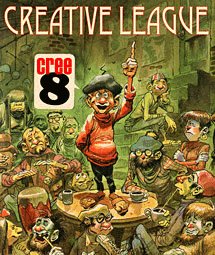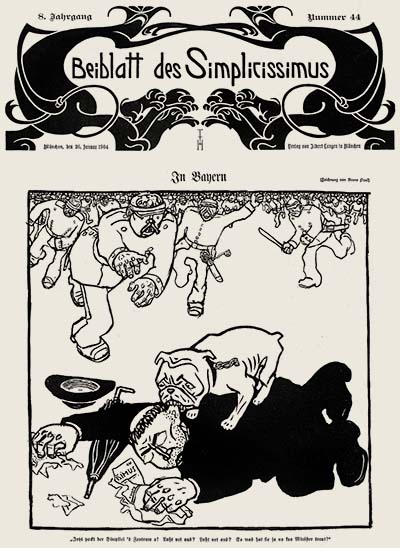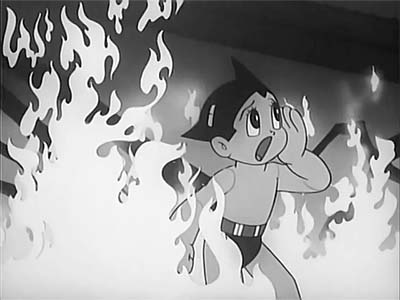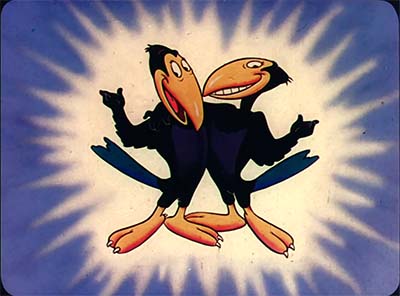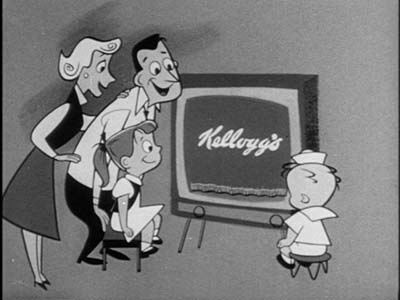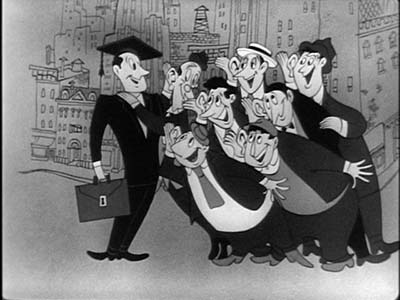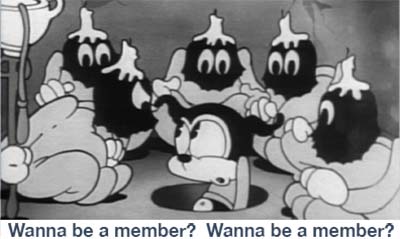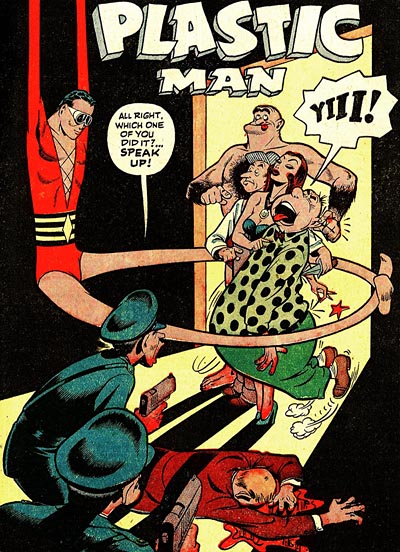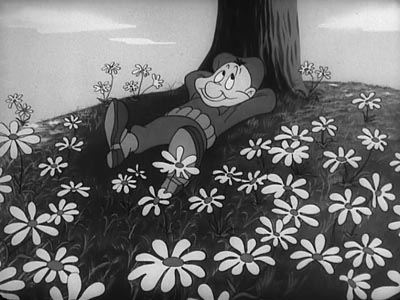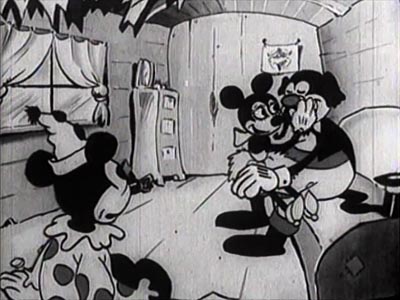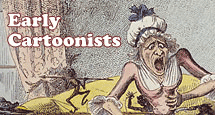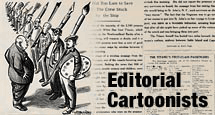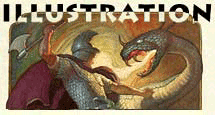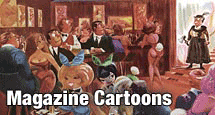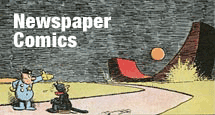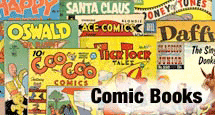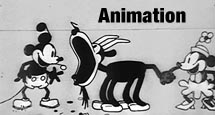 REFPACK022: June / July 2018
REFPACK022: June / July 2018
Every other month, members of Animation Resources are given access to an exclusive Members Only Reference Pack. These downloadable files are high resolution e-books on a variety of educational subjects and rare cartoons from the collection of Animation Resources in DVD quality. Our current Reference Pack has just been released. If you are a member, click through the link to access the MEMBERS ONLY DOWNLOAD PAGE. If you aren’t a member yet, please JOIN ANIMATION RESOURCES. It’s well worth it.
MEMBERS LOGIN To Download
JOIN TODAY To Access Members Only Content
DVD QUALITY VIDEO:
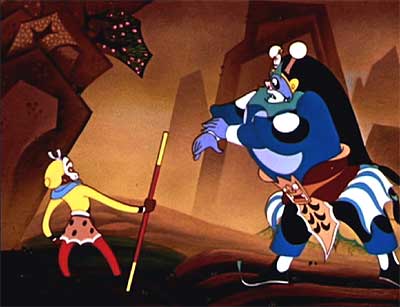
“Havoc In Heaven”
The Wan Brothers / 1961/1964
In this Reference Pack, Animation Resources is trying something new. Instead of providing our regular e-book and short films, RefPack022 includes a rare animated feature film in its entirety. We hope you find this to be useful to your studies.
Directed by Wan Laiming, written by Wan Laiming and Li Kuero, and animated by the Shanghai Animation Studio, Havoc in Heaven is a part of a trio of Chinese animated films based upon the "Monkey King Saga" which also inspired the Japanese animated feature Alakazam the Great. It was made by a family of animators known as the Wan Brothers, and the first installment of this trilogy of films, Princess Iron Fan was released in 1941. The second, Hue And Cry Over The Sky was released in 1961. The third segment Big Trouble followed closely in 1964. The last two films were later screened together with an intermission and titled Havoc In Heaven.
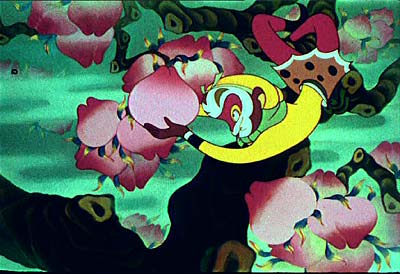
We are proud to be able to bring you the last two films in this series. This video transfer comes from China, and unfortunately it does not include English subtitles. But dialogue is minimal and the action is clear, so you should be able to follow along without trouble.
PLEASE NOTE: This video file is very large. Please download the file by itself with no other downloads and please be patient for it to complete downloading. The film is worth the wait!
REFPACK022: Havoc In Heaven

M4V Video File / 1:24:28 / 1.4 GB Download
MEMBERS LOGIN To Download
JOIN TODAY To Access Members Only Content
Havoc In Heaven Synopsis
Part One: Hue And Cry Over The Sky
(0:0:10) After a brief prologue showing Sun Wukong being born out of a rock, the first act begins on the Flower and Fruit Mountain with Wukong watching a military parade by his subjects. Delighted with their martial prowess, he decides to put on a display himself but accidentally breaks his royal sword. Annoyed at being unable to find a suitable weapon for himself, Wukong follows an old monkey’s suggestion to visit the Dragon King of the Eastern Sea for a possible weapon.
(0:05:40) Wukong then dives into the sea and travels to the Dragon King’s palace where he asks for a neighborly gift of a weapon. The Dragon King, amused by the arrogance, orders his soldiers to bring progressively heavier weapons, but Wukong dismisses them all as being too light and flimsy. The Dragon King then takes him to a great pillar which was used by the gods to pin down the sea during the great floods. The pillar is in fact the As-you-will Cudgel, a magical staff weighing eight tons that can change size and Sun Wukong happily takes the weapon. The Dragon King, not expecting Wukong to actually be able to take the great treasure, demands it back, but Wukong rebukes him, saying that the king should not have offered it if he did not want it taken, then returns to his kingdom.
(0:13:54) The Dragon King goes to Heaven and petitions the Celestial Emperor for the return of the pillar and to punish Wukong. General Li quickly offers to send an army, but the God of the North Star suggests that Wukong be given a minor post in Heaven so that he can be kept under close supervision instead. The Emperor agrees to the plan.
(0:15:23) The God of the North Star travels to the Flower and Fruit Mountain and tricks Wukong saying that he was to be honored with a title and a post in Heaven. Wukong travels to Heaven and is granted the post of “Head of the Imperial Stables”, being misled to believe that it is a high-ranking duty. Wukong arrives at the stables and unhappy with the treatment of the horses, sets them loose, letting them roam freely. Wukong is complimented on the improved health and mood of the horses. Shortly afterwards, however, the General of the Imperial Cavalry arrives to inspect the stables and is furious that the horses are free instead of being stabled, and he confronts Wukong, who then realizes that he has been tricked. He easily defeats the General and returns to the Flower and Fruit Mountain.
(0:30:02) The Imperial Court then hears that Wukong has claimed the title of ‘Great Sage Equal of Heaven’, and the furious Emperor orders General Li to capture Wukong. The general sends two of his best soldiers, including the god Nezha, to challenge the Monkey King, but they are defeated easily. General Li threatens to return, but Wukong shouts back defiantly that he and his monkeys will be waiting.
Part Two: Big Trouble
(0:43:10) An omitted part of the original release shows General Li interrupting the Emperor’s tour of his land, requesting additional troops. The God of the North Star interjects, saying that subterfuge is required again and after a short argument, the Emperor agrees to his plan. A short scene of life under the protection of the Monkey King is cut short by the captured God of the North Star being brought to Wukong by monkey soldiers.
(0:44:58) The second act opens with the God of the North Star trying to entice Wukong back to Heaven, but the Monkey King is wary, even with Heaven’s acceptance of the Monkey King’s title. The God makes comments about the Flower and Fruit Mountain, comparing it to the Heavenly Garden, extolling the beauty, scents and fruit compared to earthly delights. Intrigued, Wukong agrees to become the guardian of the Heavenly Garden, another minor post that he is misled to believe is important. Now assumed to be placated, he is left alone in the Garden where he eats the Empress’ peaches of immortality.
(0:52:35) A procession of fairies comes to collect peaches for an important Imperial banquet where they are questioned by Wukong about the banquet’s guests. When he hears that the Dragon King of the Eastern Sea had been invited, but not the ‘Great Sage Equal of Heaven’, Wukong realises he has been tricked again and flies into a rage. The fairies flee, but Wukong stops them with his magic. He goes to the Imperial banquet hall and after putting all the attendants to sleep, begins to sample the food and wine.
(0:59:18) The drunken Monkey King suddenly becomes homesick and steals the entire banquet, putting it into a magical bag for his subjects. He then leaves for the Flower and Fruit Mountain but becomes lost due to his drunkenness, ending up at Lao Tzu’s workshop where he eats the Emperor’s Pills of Immortality. The pills sober him up, allowing him to travel home where he is greeted enthusiastically by his monkeys and he opens the bag, allowing his monkeys to enjoy the stolen food.
(1:03:20) Meanwhile, the Empress discovers the remains of her banquet and petitions the Emperor to punish Wukong. The fairies then tearfully inform the Emperor that Wukong has eaten many of the peaches in the Heavenly Garden. Finally Lao Tzu comes and tells the Emperor that his Pills of Immortality have been stolen. This time, both General Li and the God of the North Star recommend military action.
(1:05:45) The Heavenly army descends on the Flower and Fruit Mountain, where there is heavy fighting between the soldiers and well trained monkeys. Sun Wukong fights and defeats the Four Heavenly Kings, who use a variety of weapons ranging from a sleep-inducing lute to a magical snake. General Li then sends in Erlang Shen and a troop of elite soldiers. Wukong uses his magic to make copies of himself and rapidly defeats the soldiers, then engages Erlang in a duel, which includes a memorable shapeshifting fight and Wukong’s attempt to evade Erlang by transforming himself into a house.
(1:16:53) Seeing that Erlang and the Monkey are equally matched, Lao Tzu interferes, knocking Wukong unconscious, where he is quickly captured. Wukong is sentenced to death and a guillotine is used, but the blade breaks on the Monkey King’s neck. A fire breather tries to burn Wukong to death, but he simply inhales the flames and exhales them over the fire breather, sending him running away on fire. A shower of golden arrows is then used, but only succeeds in sending Sun Wukong to sleep from boredom.
(1:19:45) Lao Tzu suggests incinerating the Monkey King in his eight-way trigram furnace, since he is extremely durable due to his earlier consumption of the Pills of Immortality and the peaches. After days of burning Sun Wukong in the furnace, Lao Tzu opens it, expecting to see nothing but ash, but instead sees two glowing lights which he mistakes for two Pills of Immortality. Reaching in, he discovers that they are actually Wukong’s eyes, hardened by the time in the furnace rather than weakened. Breaking free, he destroys the furnace then destroys most of the Imperial palace, routs the Imperial guards and causes the Emperor to flee in disarray. A finally triumphant Wukong returns to the Flower and Fruit Mountain where he is greeted by his cheering subjects.
Synopsis Source: Wikipedia
MEMBERS LOGIN To Download
JOIN TODAY To Access Members Only Content
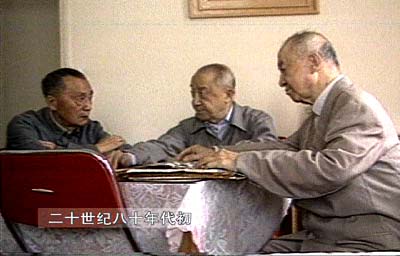
The Wan Brothers Documentary
China / 2005
Included with this feature is a “making of” documentary narrated in Chinese. It’s an amazing look at pioneering animators working in a totally different culture than ours. Animation Resources supporter, Yinghua Moore generously provided this capsule translation of the narration for us in English.
The Uproar in Heaven films (Hue And Cry Over The Sky / Big Trouble) were directed by Wan Laiming, one of the early pioneers of art films in China. These animated films were so popular in China that Wan is regarded as a treasured artist by the Chinese people. Wan Laiming had three brothers- Vancomyein Toad, the twin brother who was moon to Wan Laiming’s sun; Wan Chaochen and Wan Dihuan. They are all well known in China as "The Wan Brothers".
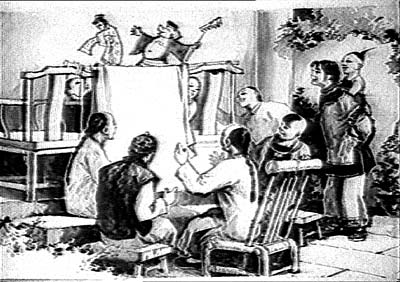
They were born in Nanjing, on the banks of the Yangzi River. Their father, a businessman, expected them to learn a trade from books, so they could make a lot of money when they grew up. But their mother encouraged them to cut paper into the shapes of people and birds, and the sons enjoyed art more than book-learning. When they were young, they performed puppet shows with their paper-cut characters, based on a story from the four classic novels titled "Journey to the West", the books that document the legendary Monkey King epic.
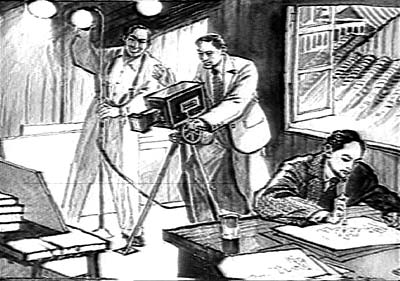
In 1916, the family moved to Shanghai. Wan Laiming took a job working for the Shanghai Commercial Press, and held positions in the Department of Fine Arts and the Department of Activities Movie Service starting in 1919. Inspired by American cartoons, China’s shadow puppet plays, and cinematic techniques he saw in live action films, Wan Laiming began making his own animated films. His brothers joined him at the Shanghai Commercial Press shortly after they graduated from art schools. Together, they made the advertising film, "Shuzhendong Chinese Typewriter" (1925), which marked the beginning of their animation career.
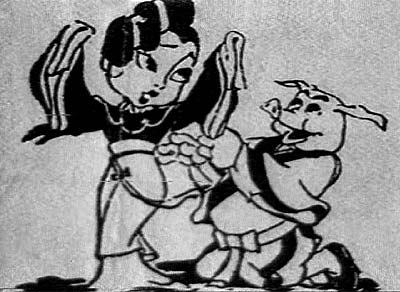
In 1926, they made their first silent animated cartoon short, "Studio In A Row"; and in 1935, they made their first sound cartoon, "The Camel Presentation Dance". After the outbreak of the War of Resistance against Japan, the Wan Brothers, (with the exception of Wan Duhuan, who had started a photo studio) moved to Wuhan and produced the propaganda films, "Anti-Japanese War Slogan" and "Song of Resistance".
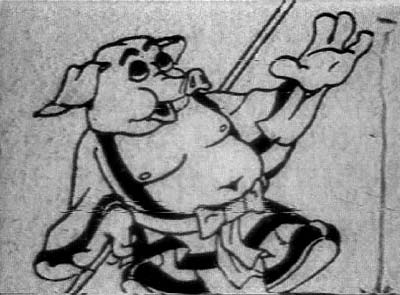
The first full length cartoon feature was made by Walt Disney in 1937, and in 1940, after returning to Shanghai, the Wan Brothers began work on their own 8,000 foot, 80 minute long sound cartoon film, "Tieshangongzhu" (aka Princess Iron Fan, completing it a year later. This film lay a sound foundation for the Wan Brothers’ career in animation production. After its completion, the Wan Brothers moved to Hong Kong for a few years, and in 1954, they returned one by one to New China, where they became directors at the Shanghai Animated Film Studio. They devoted all of their time and energies from that point on to making animated films for New China.
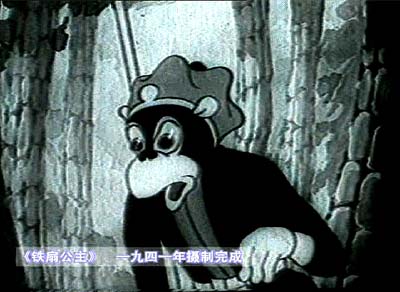
The 1961 film in the "Uproar in Heaven" series is the culmination of all of Wan Laiming’s painstaking efforts. He later recalled how the crew made the movie…
The script of "Uproar in Heaven" was adapted from one of the four classic novels, "Journey to the West". Li Kerou and I were asked to write the story. The first thing we worried about was whether we would dare to present the story as it was told in the book. It was a sensitive issue at the time. We studied the first seven chapters of "Journey to the West" and believed it to have profound significance- the sharp contrasts of conflict and struggle between the oppressor and oppressed within the mythological context. In "Uproar in Heaven", the dramatic conflict is mainly between the Monkey King and the rulers headed up by Emperor Jade. Throughout a series of adventures, the Monkey King matures, and uses his courageous ingenuity, unyielding character and tenacity to prevail.
=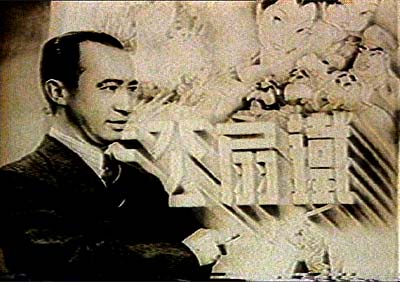
The Monkey King has the characteristics of a real monkey- He’s a lively and nimble prankster. But he is also a God that can change 72 times, or become invisible at will. Human beings certainly do not have these features. He is also thoughtful and upright, so in the shaping of the character, it was necessary to exaggerate some aspects and use our imagination. Zhang Guangyu, the main designer on the film, together with Yan Dingxian and Lin Wenxiao made the characters in the film come vividly to life, and they deserve a great deal of credit for the success of the film.
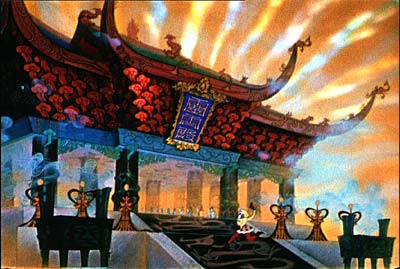
For each scene, we paid particular attention to the setting and atmosphere in order to unify the scenes with the personality and style of the characters. We absorbed the best essence of Chinese folk art tradition, and added to it our own imagination. As a result, the film has a very special flavor. Because of the fantasized atmosphere of the myth, we strived to construct a unity of rich colors, refinement toward simplicity and a shaping of the images that is more "vague" than "real". By doing this, we achieved a greater artistic effect.
The pacing of the film adopted many techniques of montage, so the story develops quickly, avoiding a slow unfolding of the plot. We made use of typical Chinese folk music- the drums and percussion instruments commonly used in Peking opera. This added a strong sense of rhythm to the action of the figures.
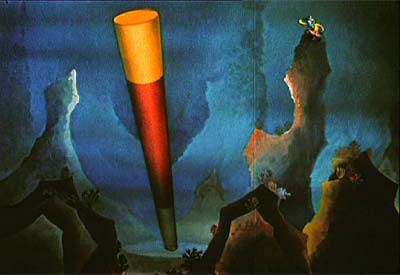
The director of photography on the picture was Duan Xiaoxun. She later described how they shot the effects on the Monkey King’s weapon, and the magnificent palaces of the heavens…
The Monkey King’s weapon is called the "Jingubang". It looks like a glittering red stick with yellow on both ends. In order to make it glow and sparkle, we employed multiple exposures, and it proved to be a very successful technique in the film.
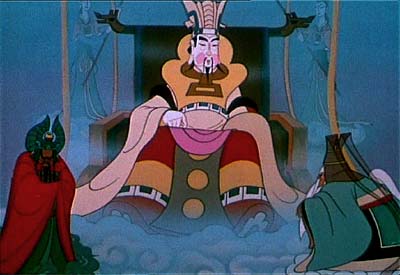
The voices were provided by many famous actors of the time. Among them were Qiu Yiefeng (Monkey King), Fu Runsheng (Emperor Jade), and Shang Hua (Taibaijinxing). Their excellent work added a great deal to the film.
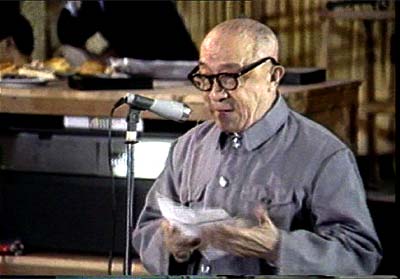
After more than a year, and nearly 70,000 drawings, the image of the Monkey King finally appeared on the big screen. Wan Laiming’s decades old dream had come true. In the 1980s, the Wan Brothers were awarded an honor by the Chinese government for devoting their life to Chinese arts and filmmaking. Wan Laiming passed away 1999 at the age of 98. His tombstone reads, "Founder of the Chinese Animation Industry".
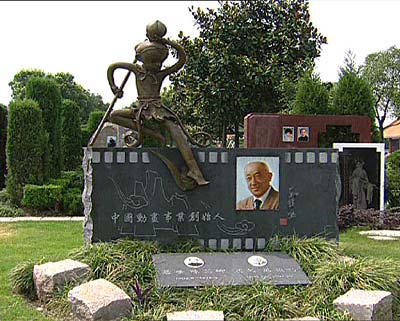
Wan Brothers Documentary
MOV Video File / 35:12 / 75 MB Download
MEMBERS LOGIN To Download
JOIN TODAY To Access Members Only Content
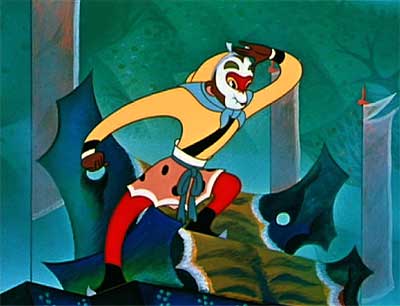
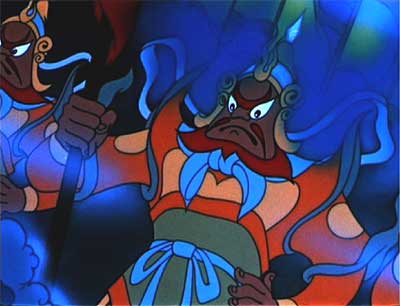
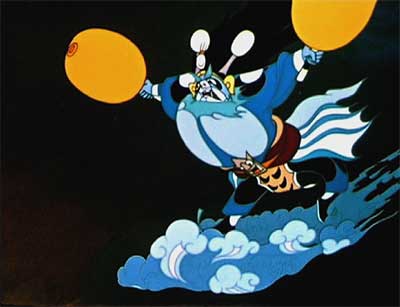
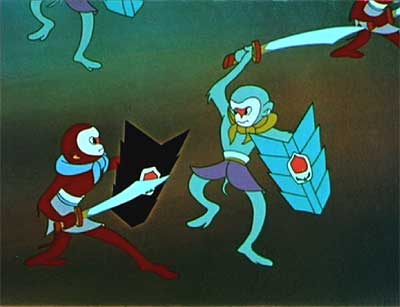
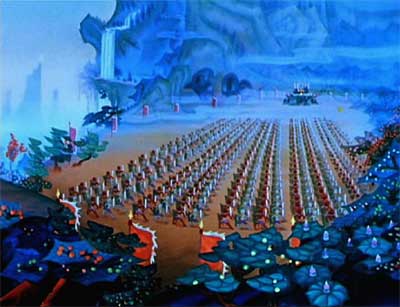
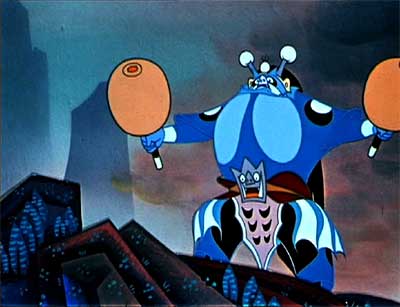
MEMBERS LOGIN To Download
JOIN TODAY To Access Members Only Content
Not A Member Yet? Want A Free Sample?
Check out this SAMPLE REFERENCE PACK! It will give you a taste of what Animation Resources members get to download every other month!
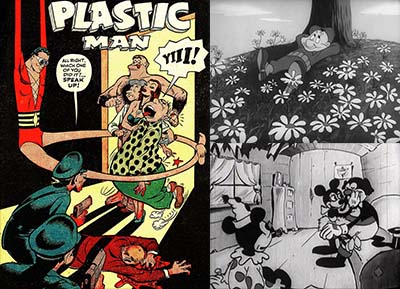









 by
by 







